Reviewed by: Y. Garcia
The Meta Quest 3 and Quest 3S represent a remarkable leap forward in virtual reality accessibility, but, like many consumer electronics, they ship with basic accessories designed more for cost efficiency than for an optimal user experience.
While both headsets share the powerful Snapdragon XR2 Gen 2 processor with 8GB of RAM and have earned impressive ratings with Editors' Choice awards, the out-of-the-box experience leaves considerable room for improvement when it comes to comfort, battery life, and immersion.
The default accessories — including the fabric head strap and basic facial interface — prioritize shipping costs over extended comfort, which becomes evident after your first hour-long VR session. What's exciting is how dramatically the right accessories can transform these already excellent headsets into truly exceptional VR platforms.
Whether you're drawn to the Quest 3's superior 2,064 by 2,208 pixel resolution and wider 110 by 96-degree field of view, or you've chosen the Quest 3S for its budget-friendly approach at $200 less, the twelve essential accessory categories we'll explore transform basic pain points into competitive advantages.
Essential comfort upgrades that transform your VR sessions
Let's be honest about the elephant in the room — the default head strap prioritizes cost over comfort, making extended VR sessions more of an endurance test than an enjoyable escape. This is where premium head straps become game-changers, and battery straps can completely change the experience.
For serious VR enthusiasts, the BOBOVR S3 Pro combines a 10,000mAh battery, a hot-swappable power system, and an integrated cooling fan to reduce heat buildup during intense sessions. While it's slightly bulkier than other options, the feature set is unmatched — you're essentially getting unlimited playtime with thermal management built right in. Think of it as the Swiss Army knife of VR head straps, where the cooling system alone justifies the investment for users who experience discomfort during extended fitness sessions or summer gaming marathons.
If you prefer modular flexibility over all-in-one complexity, the BOBOVR M3 Pro delivers excellent comfort with a 5200mAh battery that attaches magnetically and can be swapped mid-session. What makes this particularly clever is the halo-style construction that shifts pressure away from your face and onto your forehead, making it especially comfortable for extended use with glasses. This modularity means you can carry lightweight backup batteries for travel, share power packs between headsets, or upgrade capacity without replacing the entire strap system — a cost-effective approach that grows with your VR habits.
The KIWI Design K4 Duo combines built-in directional speakers with a rear battery for added immersion and comfort. This integration approach eliminates audio lag issues common with Bluetooth connections while ensuring perfect sync between visual and audio cues in fast-paced games, making it particularly valuable for competitive VR gaming or rhythm-based experiences where timing matters.
Audio and immersion accessories that elevate your VR world
Here's where things get really interesting — audio in VR isn't just about hearing sounds, it's about creating believable three-dimensional soundscapes that your brain accepts as reality. The built-in speakers on both Quest models are perfectly adequate for casual gaming, but dedicated audio upgrades make a transformative difference in spatial awareness and emotional engagement.
While integrated audio solutions solve convenience, pushing immersion boundaries requires engaging additional senses beyond hearing. The Woojer Vest 3 features six powerful oscillators with approximately 8 hours of battery life, creating physical sensations that sync with your virtual experiences.
Imagine feeling the rumble of explosions in your chest during action games, or sensing the subtle vibrations of a racing car's engine through your torso. It's the kind of accessory that transforms VR from visual entertainment into full-body experiences, particularly powerful for horror games, racing simulations, and action adventures.
For those who prefer the precision of dedicated earphones without the bulk of a haptic vest, the PRISMXR Low-Latency Earphones offer an ultra-thin design that fits under the Quest 3 headset without pressure, delivering crisp highs and punchy bass.
The ultra-thin profile is crucial here — many standard earbuds create uncomfortable pressure points when worn under a VR headset, but these are specifically engineered to disappear under the padding, making them ideal for multi-hour sessions where audio quality matters more than convenience.
Protection and hygiene essentials for long-term VR enjoyment
Let's talk about the less glamorous but absolutely essential aspects of VR ownership — keeping your investment protected and hygienic. VR headsets are intimate devices that sit directly against your face, and they represent a significant financial investment that deserves proper care. For households sharing headsets or VR fitness enthusiasts, smart hygiene solutions enable immediate sanitization between users while maintaining comfort.
Facial interface upgrades with PU leather or silicone make cleaning easier, improve hygiene, and enhance comfort. The stock foam interface, while functional, absorbs sweat and oils that are nearly impossible to clean thoroughly. Premium alternatives solve this problem elegantly while often improving the overall fit and visual clarity.
The KIWI Design V4 Facial Interface features an improved passive ventilation system to minimize lens fog and magnetic PU leather pads for quick swapping and easy cleaning. The magnetic system is particularly clever — you can swap between different pad materials or thicknesses depending on your activity, while the ventilation improvements reduce fogging that interrupts immersion during temperature changes or intense sessions.
Silicone covers excel for VR workouts since you can easily wipe them down before or after sessions. Beyond daily hygiene, protecting your investment during transport and storage prevents the costly repairs that can sideline your VR adventures.
The Aubika Mini Case provides travel protection in White or Gray color options, while the KIWI Design Lens Protector fits over the lenses to prevent scratches, dust, and sunlight damage — lens protectors prevent the $200+ screen replacements that sunlight exposure can cause, making them an incredibly cost-effective insurance policy.
Charging solutions and power management for uninterrupted play
Nothing kills the VR magic quite like a dead battery in the middle of an epic gaming session. Smart charging solutions keep your virtual adventures flowing seamlessly while protecting your devices from the wear and tear of constant cable plugging, extending the lifespan of USB-C ports that can cost hundreds to repair.
The Eslick Charging Station costs $47 and features a magnetic charging cable with 30W fast charging, offering a clean desktop solution that's much gentler on your headset's USB-C port than daily cable insertions. The magnetic connection means you can dock and undock your headset with one hand, which becomes surprisingly convenient in daily use — especially when you're quickly checking VR notifications or taking brief breaks.
For a more premium approach that eliminates charging anxiety entirely, the PrismXR Carina D1 charging dock offers a premium, stylish solution that charges headsets and controllers simultaneously with magnetic pins and includes an 18-month warranty. The simultaneous charging capability means everything stays powered up and ready to go, eliminating those frustrating moments when you discover dead controllers just as you're ready to dive into VR.
The YOGES Charging Station includes rechargeable controller batteries, charges both headset and controllers simultaneously, and uses magnetic connectors. This system replaces disposable AA batteries entirely, saving money in the long term and ensuring consistent controller performance without the voltage drop that comes with dying batteries — crucial for precision gaming or professional applications.
For PC VR enthusiasts who demand both wireless convenience and wired reliability, hybrid solutions address both scenarios without cable management compromises. The Syntech 16ft Link Cable with separate charging port supports high-speed data transfer and can connect the charging port to a wall adapter or second PC USB port. The separate charging port is brilliant — it means you can maintain power during those marathon PC VR sessions without compromising data transfer quality.
Specialized accessories for serious VR enthusiasts
Now we're venturing into territory that separates casual VR users from true enthusiasts. These specialized accessories share a common goal: eliminating the barriers between your physical and virtual experiences, whether through authentic tactile feedback or motion synchronization. They come with corresponding price tags and complexity, but for dedicated users, they represent the cutting edge of immersive technology.
The Arcade2TV-XR creates a personal arcade space with tankstick-style setup featuring two sets of joysticks and ample buttons for arcade games, including buttons that act as bumpers for pinball. This isn't just an accessory — it's a complete arcade cabinet experience that supports multiple platforms, including PS5, PS4, Xbox Series X/S, PC, and Mac, with appropriate adapters.
What makes the Arcade2TV-XR particularly compelling is how it bridges the gap between retro gaming nostalgia and modern VR technology. Physical joysticks and buttons provide the tactile feedback that makes classic arcade games feel authentic, while VR delivers visual experiences impossible with traditional displays. Currently priced at $499 with Black Friday sales reducing it to $399, it's definitely an investment, but for arcade enthusiasts who value authenticity over convenience, it's potentially transformative.
The Roto VR chair rotates to match your view, enhancing immersion, and weighs 66 pounds, measuring 30 x 30 x 34.8 inches. This specialized seating solution addresses one of VR's persistent challenges — motion sickness — by helping eliminate motion sickness and increase immersion in VR experiences. The chair automatically rotates to match your virtual movements, reducing the disconnect between what your inner ear feels and what your eyes see, making it particularly valuable for users prone to motion sickness or those seeking maximum immersion in exploration games.
Making your Quest 3 and 3S investment pay dividends
The transformation from a good VR headset to an exceptional immersive platform lies entirely in strategic accessory selection based on identifying your primary VR friction points — comfort fatigue, battery anxiety, hygiene concerns, or immersion gaps — then building solutions systematically rather than attempting comprehensive upgrades simultaneously.
Strategic upgrades focusing on comfort, battery life, protection, and customization make VR sessions more immersive, comfortable, and practical. The beauty of the accessory ecosystem is its modularity and compatibility between the two headset models, allowing you to start with the fundamentals and expand as your needs evolve.
Whether you've chosen the Quest 3 for its superior resolution of 2,064 by 2,208 pixels and wider 110 by 96-degree field of view, or opted for the Quest 3S's budget-friendly approach at $200 less with many identical features, these twelve essential accessory categories provide clear upgrade paths based on usage patterns rather than marketing promises.
Casual gamers should prioritize comfort and protection first — a quality head strap and facial interface upgrade provide immediate improvements in session length and enjoyment. Fitness enthusiasts need hygiene and workout-friendly materials, making silicone covers and quick-swap interfaces essential investments. PC VR users will want robust charging and cable solutions to support extended sessions, while standalone purists might invest more heavily in battery extensions and wireless audio for true freedom from cables.
The key insight is matching accessories to your specific VR lifestyle and usage intensity. Start with addressing your biggest pain point — whether that's comfort fatigue from the default strap, battery anxiety during longer sessions, or hygiene concerns for shared use — then expand systematically as your VR habits evolve. This approach ensures every accessory purchase directly improves your actual experience rather than adding unused complexity to your setup.




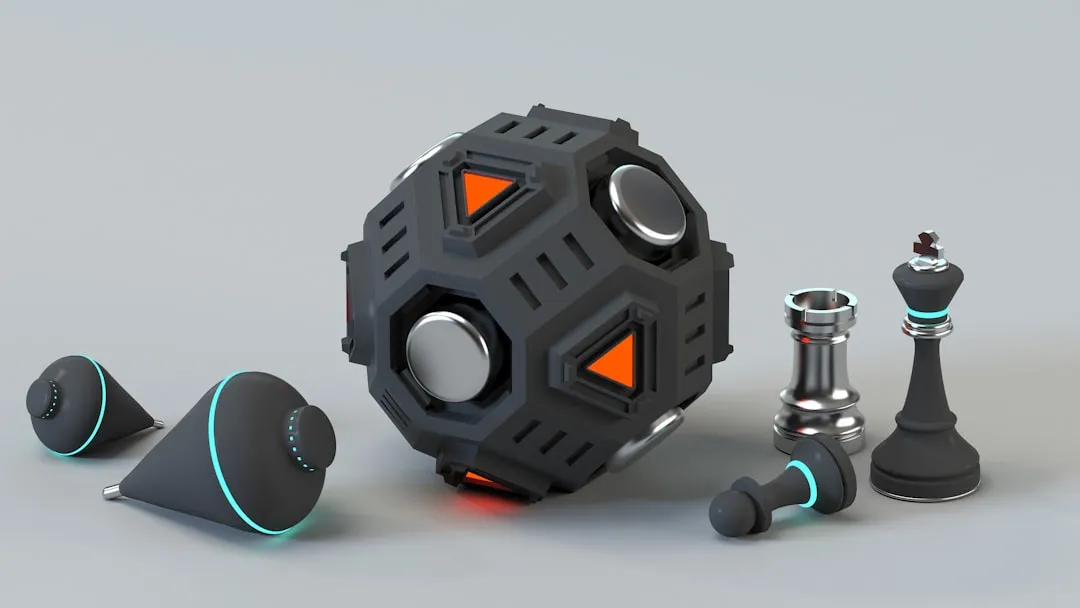
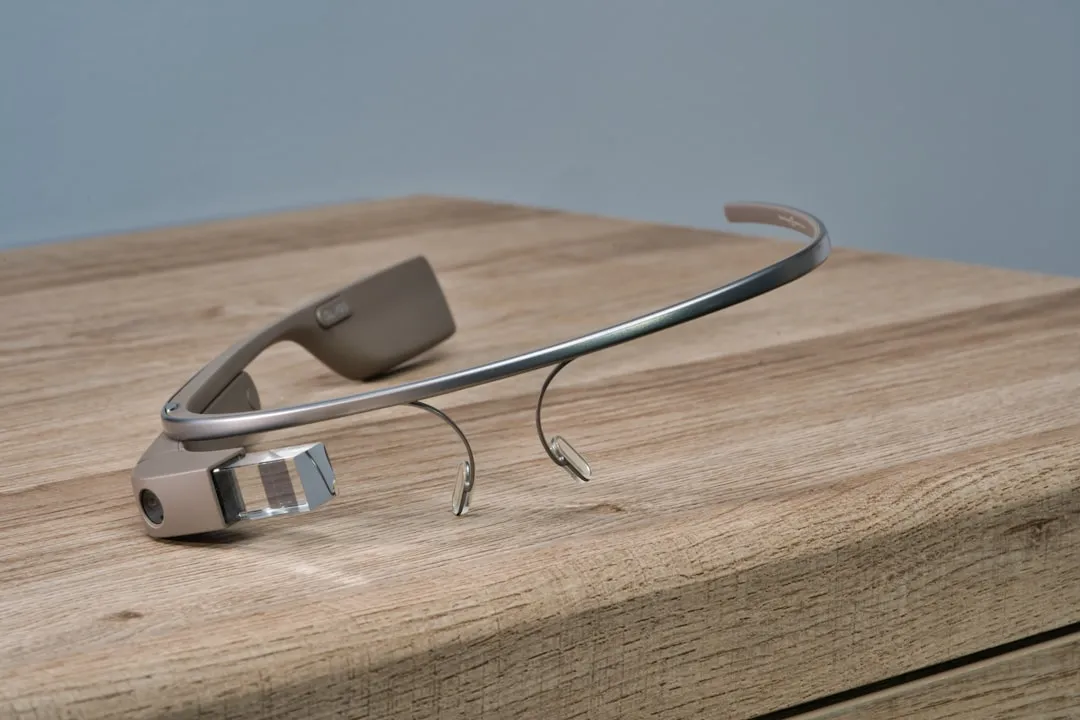









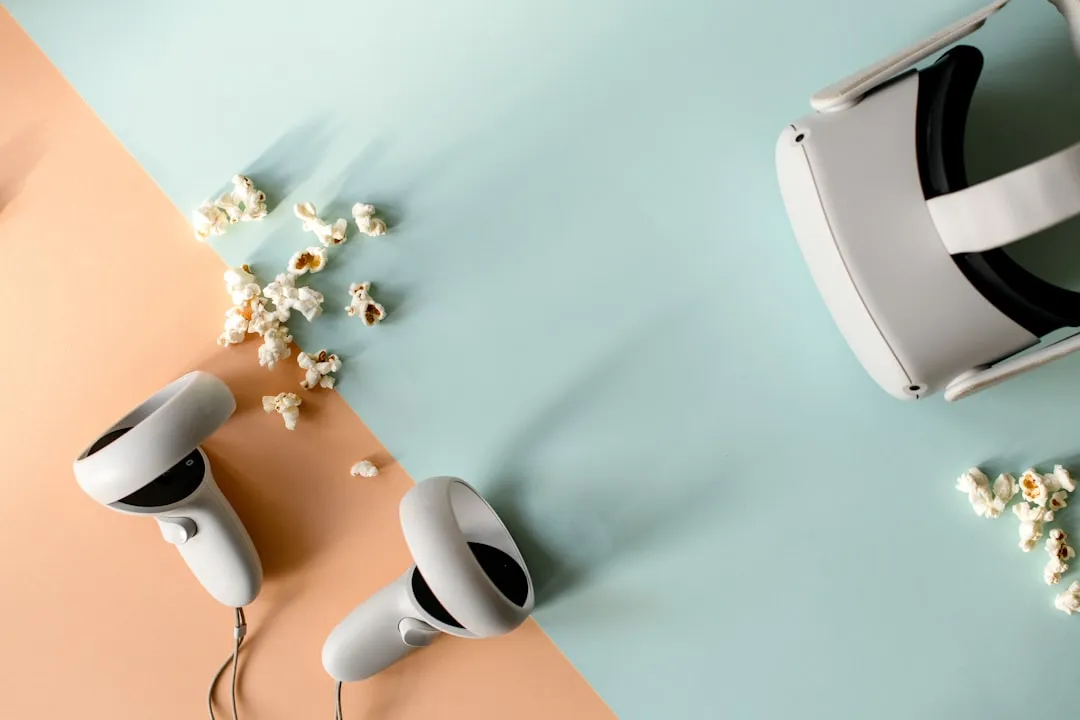
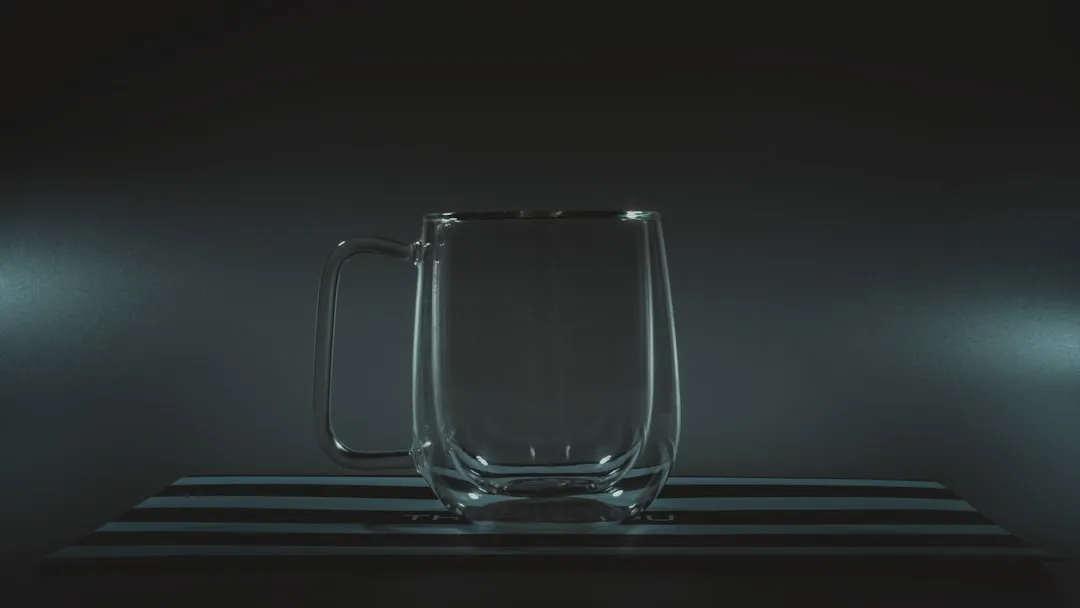

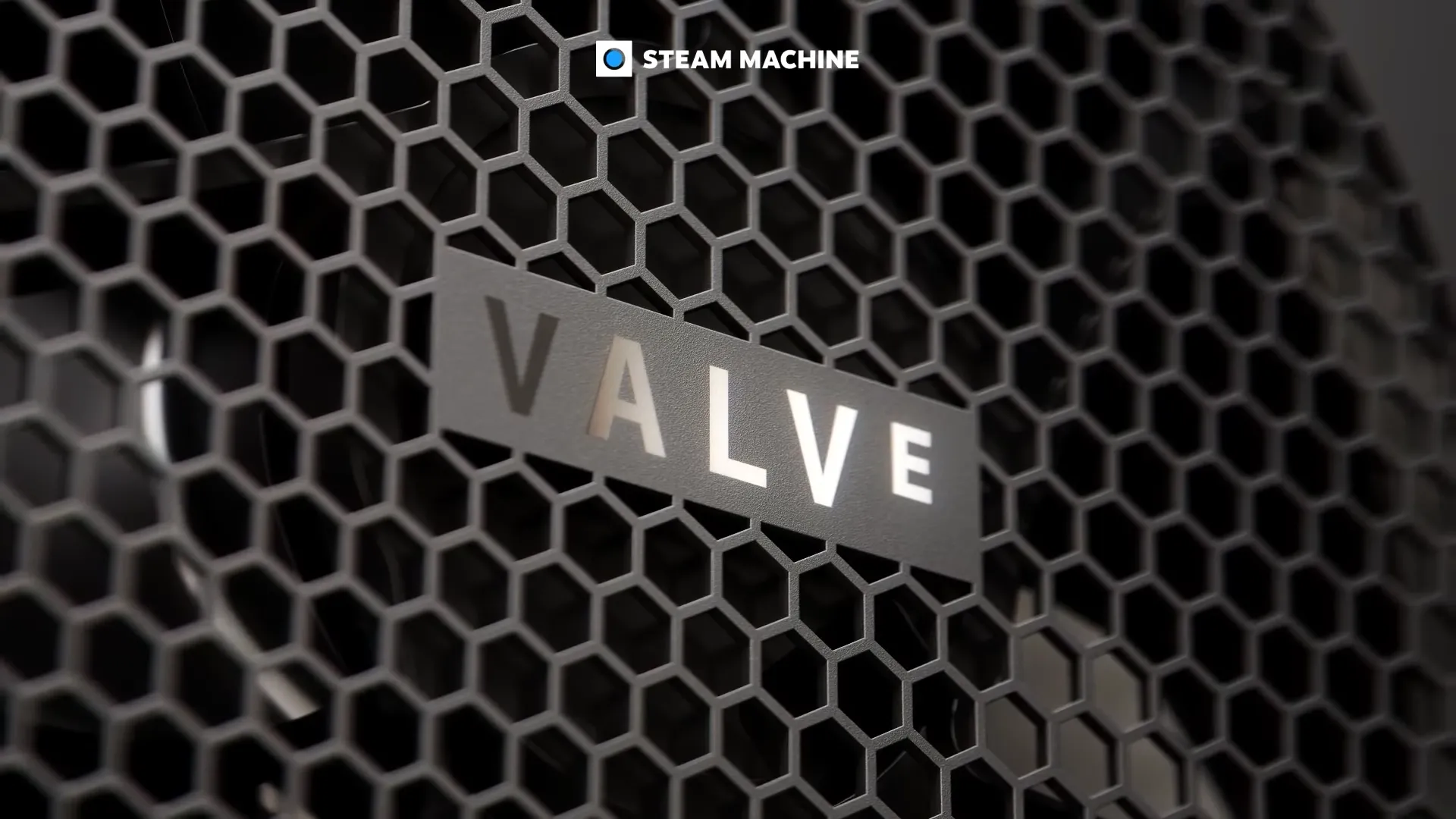





Comments
Be the first, drop a comment!